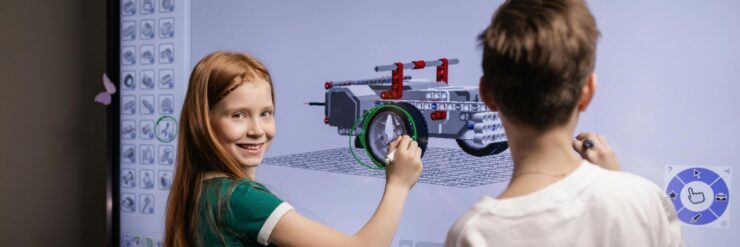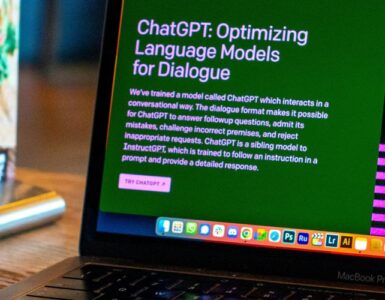Lights, Camera, Education!
With AI creating videos in seconds, teachers are beginning to explore how this technology can support learning rather than distract from it. From generating explainer videos to animating historical events, Video GenAI has arrived—and it’s not just a gimmick. But how do real-world educators feel about it?
What Teachers Actually Think
Teachers are cautiously optimistic. Many see value in having quick-to-generate visual aids or story-based content, especially for difficult or abstract topics. But they also worry: Will students rely too heavily on AI visuals? Can AI really capture emotional nuance or student context?
The TPACK + TAM Lens
When viewed through the TPACK framework (technology, pedagogy, and content knowledge), teachers balance excitement with uncertainty. The TAM (Technology Acceptance Model) also reveals key drivers: perceived usefulness often collides with anxiety over losing control in the classroom.
Ethical Gray Zones
Bias in generated content, copyright concerns, and data privacy issues raise red flags. Who owns the content created? Can AI inadvertently reinforce stereotypes or misinformation? Educators are asking the right questions before adopting tools at scale.
The Future: Teacher-Led, Not Tool-Led
Ultimately, video GenAI isn’t replacing teachers—it’s enhancing their toolkit. The most impactful uses happen when educators steer the creative direction and use AI as an assistant, not a lead actor.








